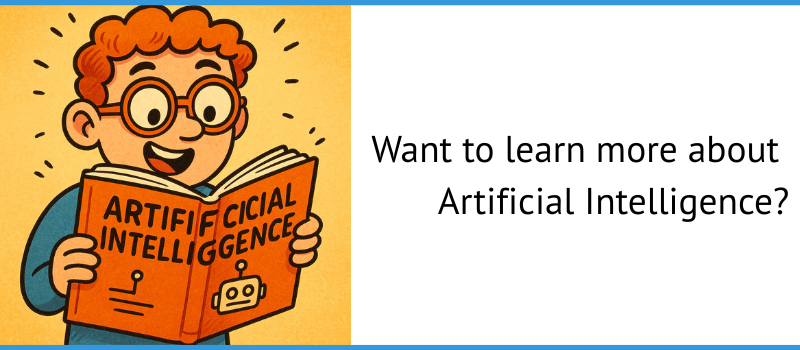Artificial intelligence (AI) has been one of the most discussed topics in modern medicine, especially in radiology. However, the initial fear that AI would replace radiologists is giving way to a more level-headed understanding: AI is emerging as a powerful ally, optimizing processes and expanding specialists’ diagnostic capabilities. Far from making radiologists obsolete, the technology is driving a new era of efficiency and precision in the field.
The Myth of Replacement and the Reality of Collaboration in Radiology
A few years ago, bold predictions, like that of renowned AI researcher Geoffrey Hinton in 2016, suggested that training new radiologists should cease, as AI would surpass them in a short time. Reality, however, painted a different picture. Leading institutions, such as the Mayo Clinic, not only continued to value their radiologists but also saw an increase in their numbers. AI, instead of a replacement, has become a collaborative tool, assisting in image analysis, automating routine tasks, and allowing doctors to focus on more complex cases and patient interaction. Hinton himself has since acknowledged that his prediction regarding the timeline was mistaken.
The Expanded Role of AI: Enhanced Efficiency and Precision with Artificial Intelligence
The application of artificial intelligence in radiology brings many benefits. AI algorithms are capable of enhancing the quality of medical images, swiftly identifying anomalies, performing precise measurements (like organ volume), and even assisting in disease prediction. This capacity for processing and analyzing large volumes of data streamlines workflows, reduces the burden on radiologists, and contributes to faster, more accurate diagnoses. With AI taking over repetitive tasks, specialists gain valuable time to dedicate to critical interpretation, therapeutic planning, and interdisciplinary communication.
Beyond the Image: The Complexity of the Radiologist’s Role in the AI Era
It is crucial to understand that the radiologist’s role transcends mere image interpretation. It involves deep medical knowledge, clinical reasoning, the ability to correlate imaging findings with patient history, consulting with other doctors to define courses of action, and clear communication of results. These are intrinsically human skills that AI, in its current stage, cannot replicate. Technology is an exceptional support tool, but the final decision and responsibility for diagnosis and patient referral remain with the healthcare professional.
The Future of Radiology: Synergy Between Humans and AI
The future of radiology points towards a growing synergy between human and artificial intelligence. AI is consolidating itself as an intelligent “second pair of eyes,” increasing diagnostic confidence and the efficiency of imaging services. For radiologists, this means an evolution of professional practice, focusing on tasks of greater complexity and added value, resulting in better patient outcomes and a more effective healthcare system. The message is clear: AI is not a threat, but a strategic ally for the future of radiology.

Sources:
https://www.nytimes.com/2025/05/14/technology/ai-jobs-radiologists-mayo-clinic.html – A.I. Was Coming for Radiologists’ Jobs. So Far, They’re Just More Efficient. https://www.semafor.com/article/05/15/2025/how-ai-is-changing-radiology – How AI is changing radiology
https://economictimes.indiatimes.com/tech/artificial-intelligence/your-ai-radiologist-will-not-be-with-you-soon/articleshow/121179820.cms – Your AI radiologist will not be with you soon
https://the-decoder.com/geoffrey-hintons-wildly-overconfident-ai-prediction-failed-now-its-a-lesson-in-humility/ – Geoffrey Hinton’s wildly overconfident AI prediction failed — now it’s a lesson in humility

